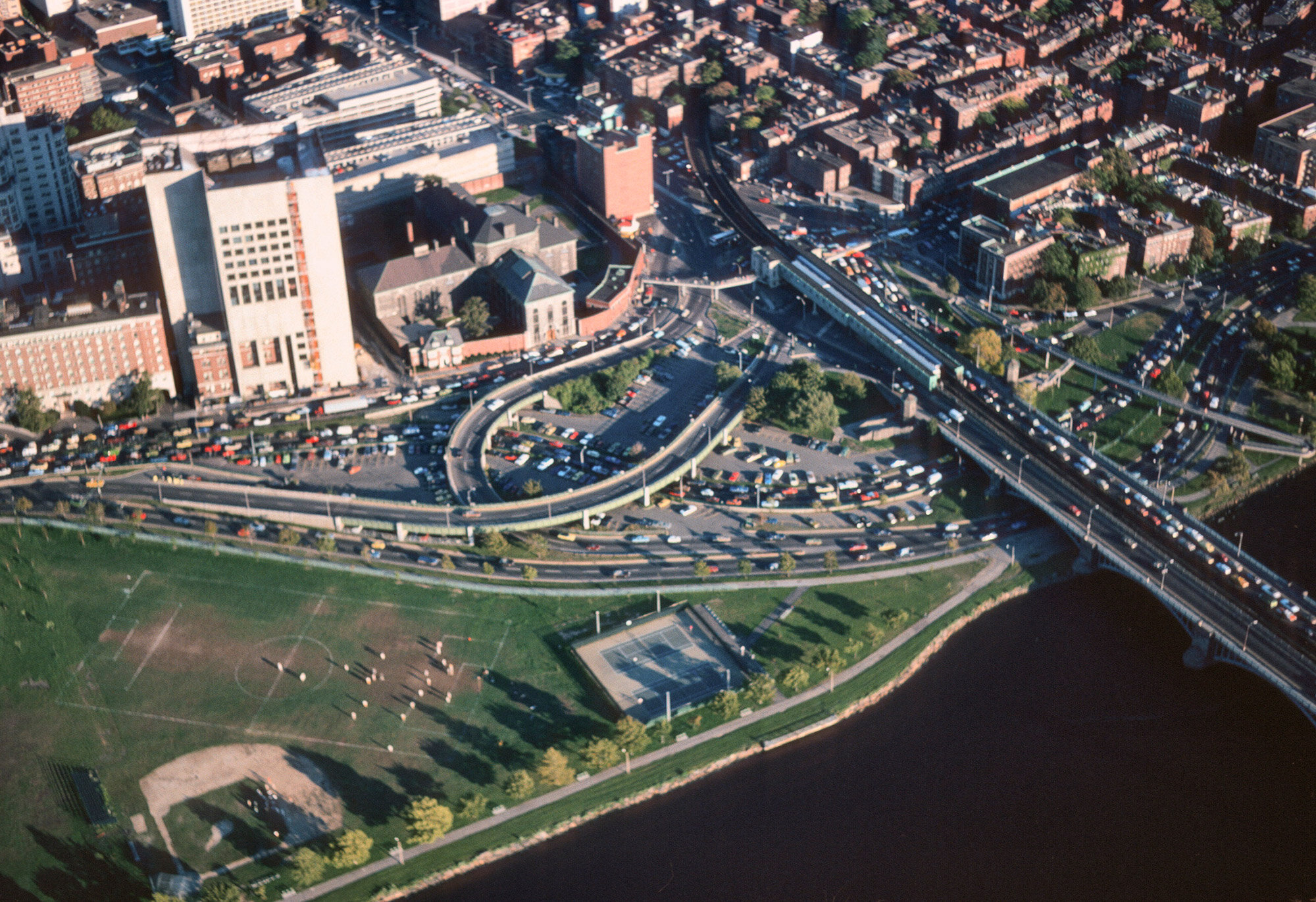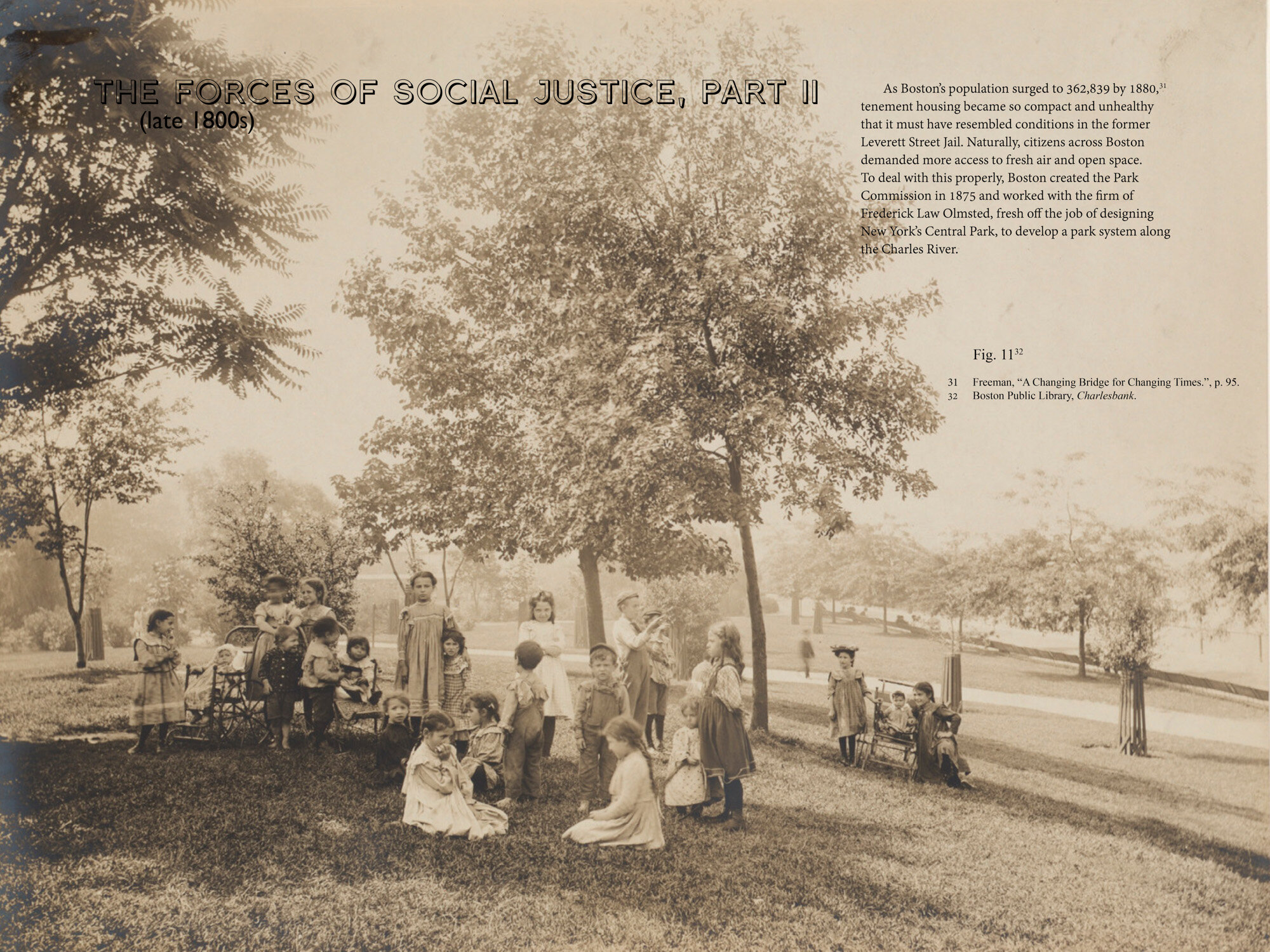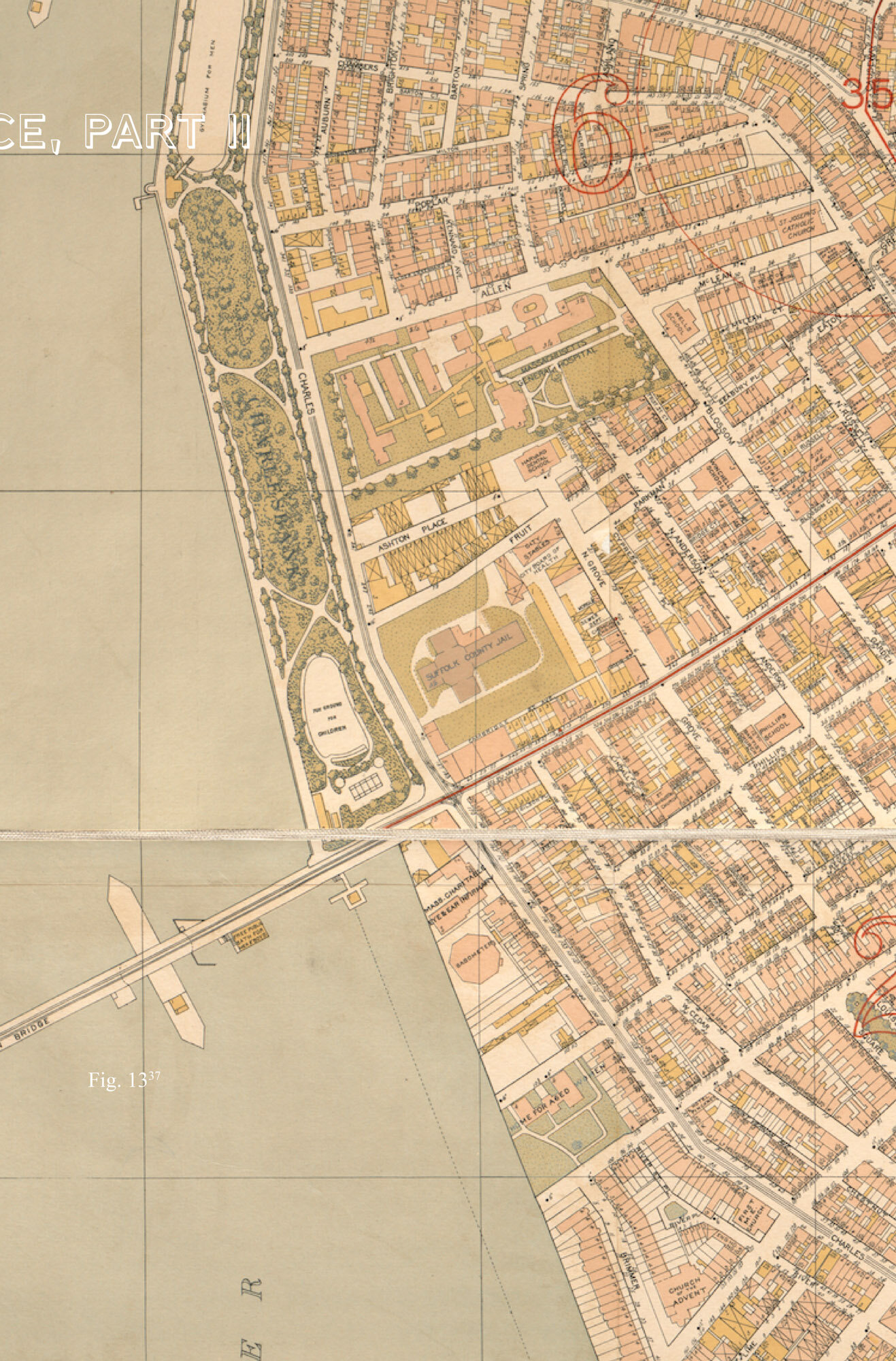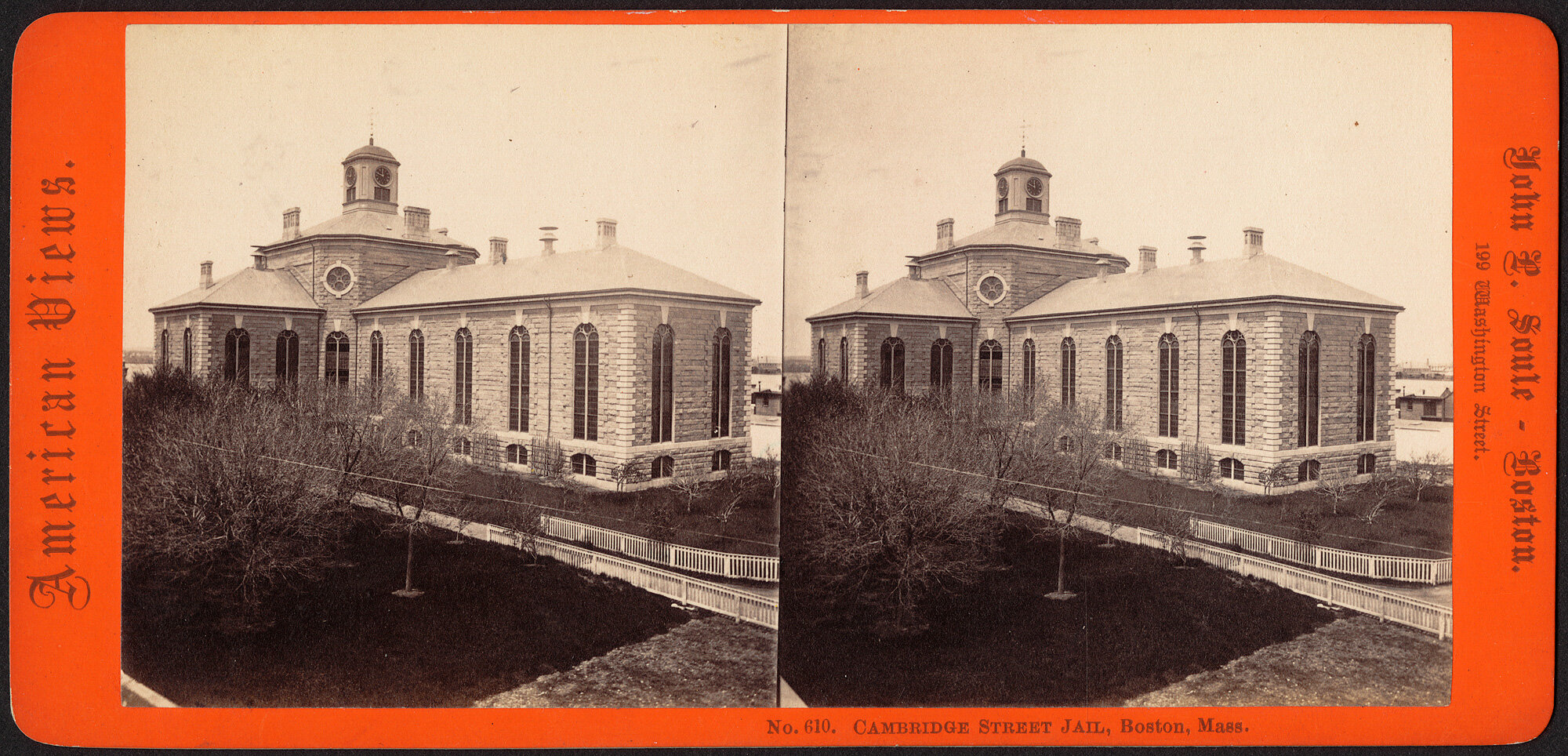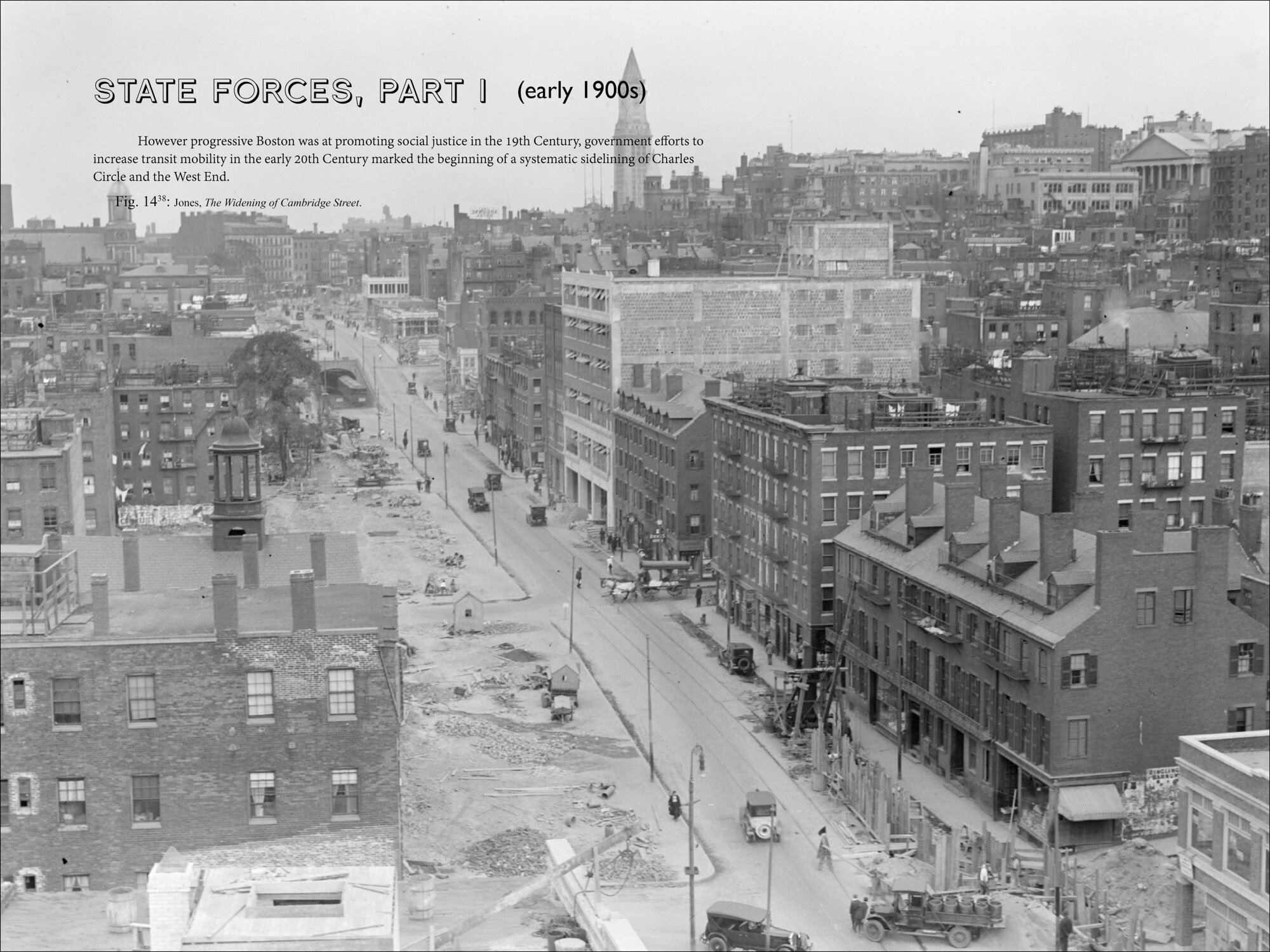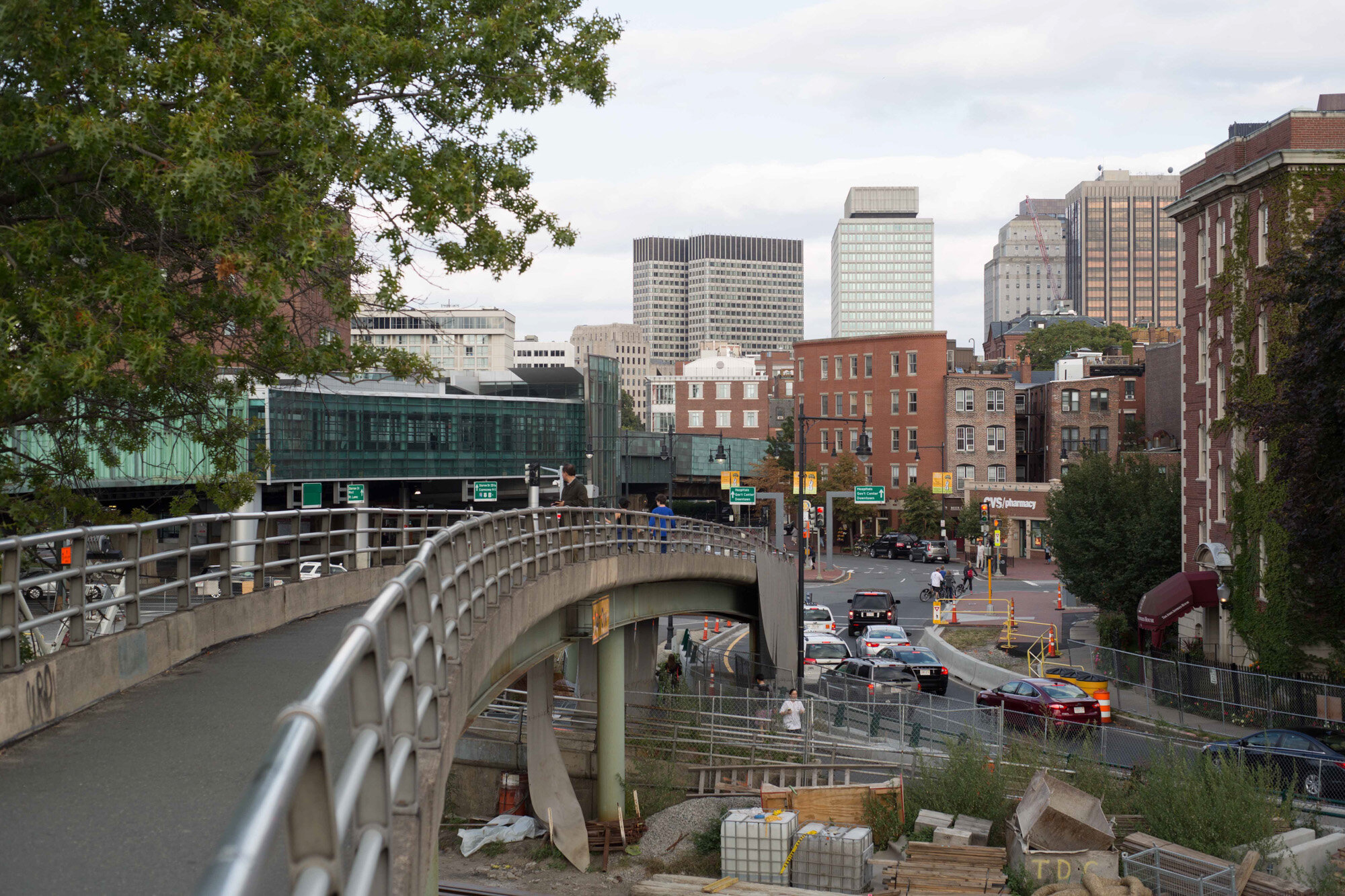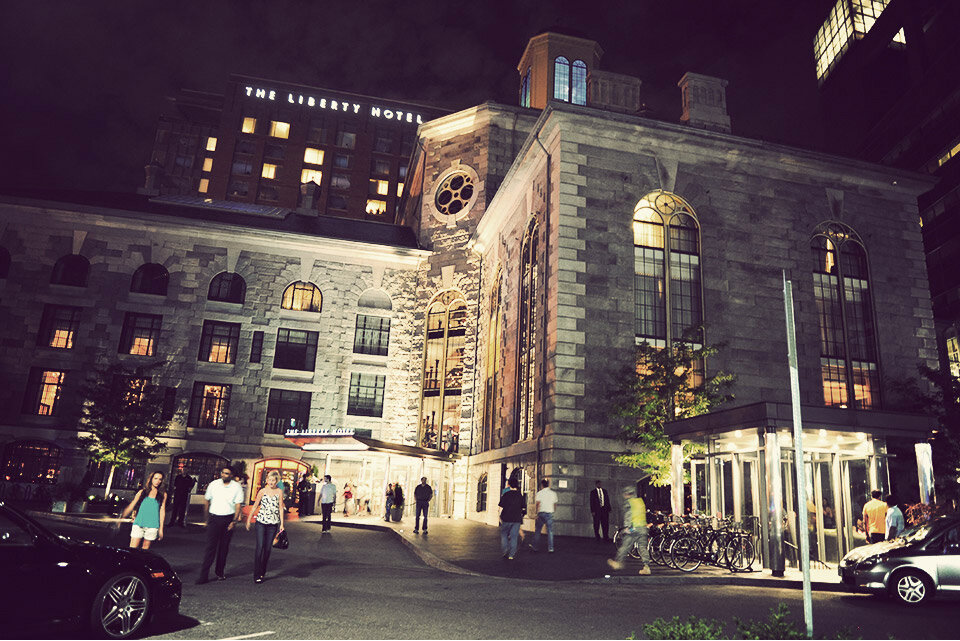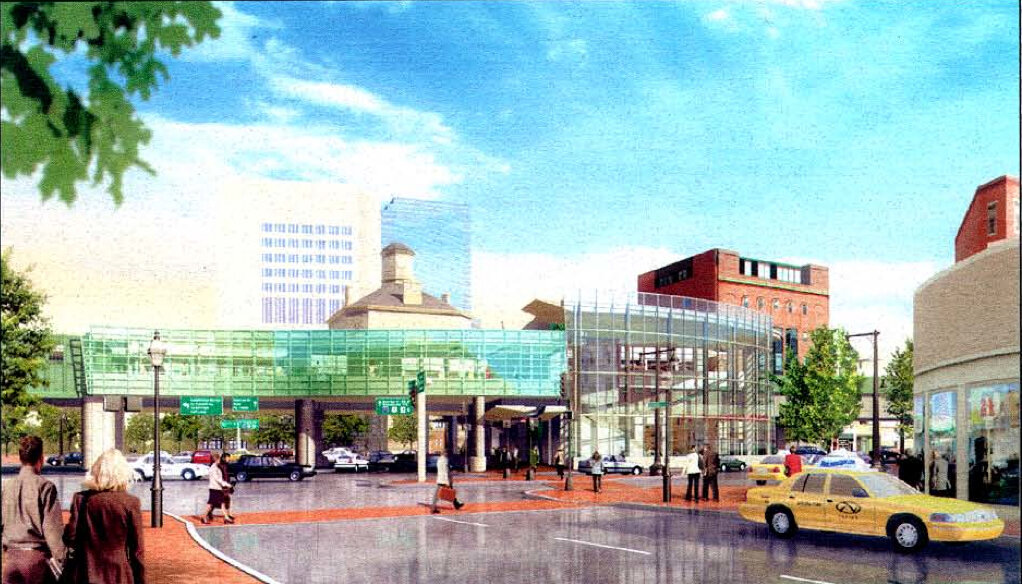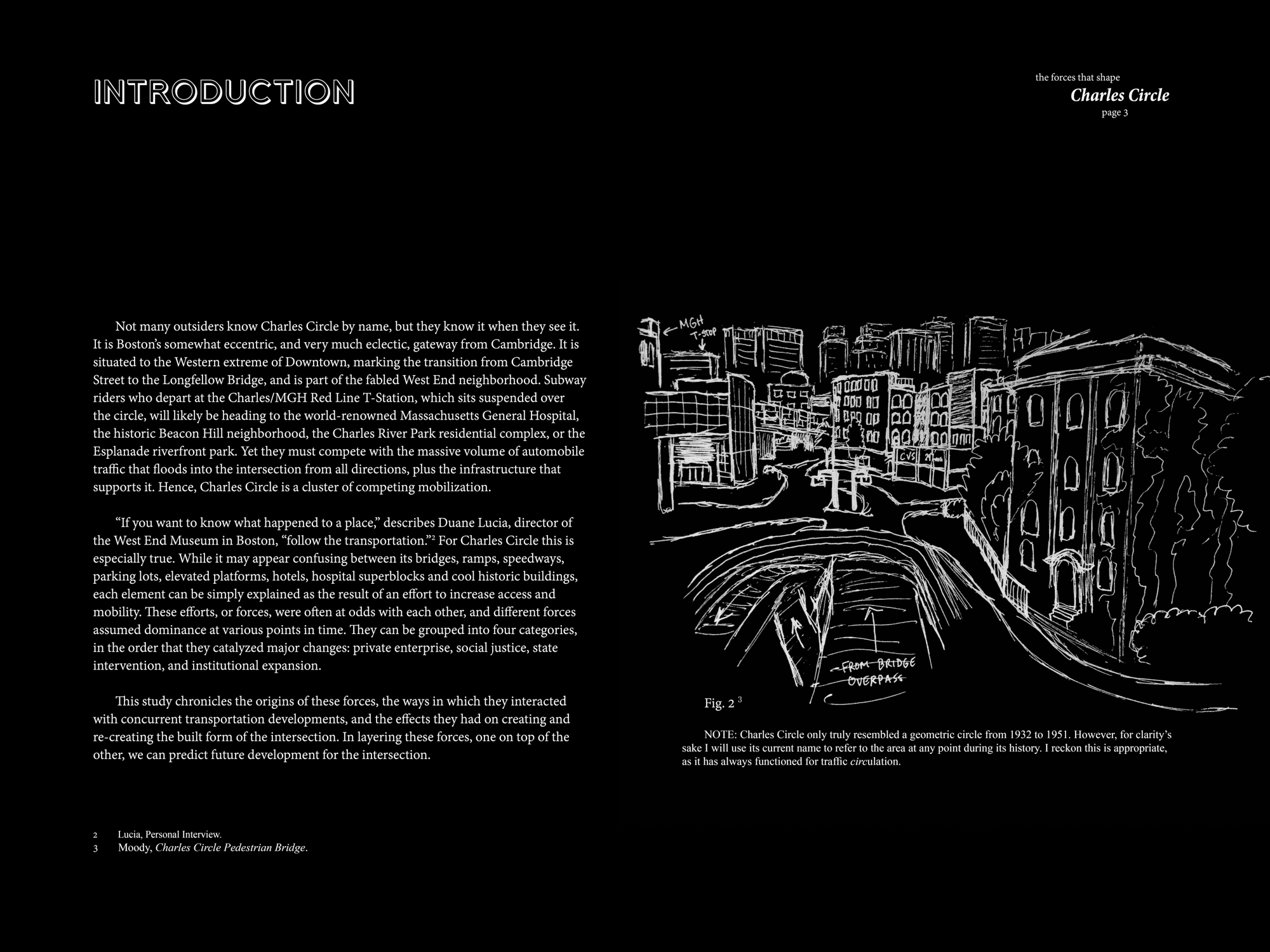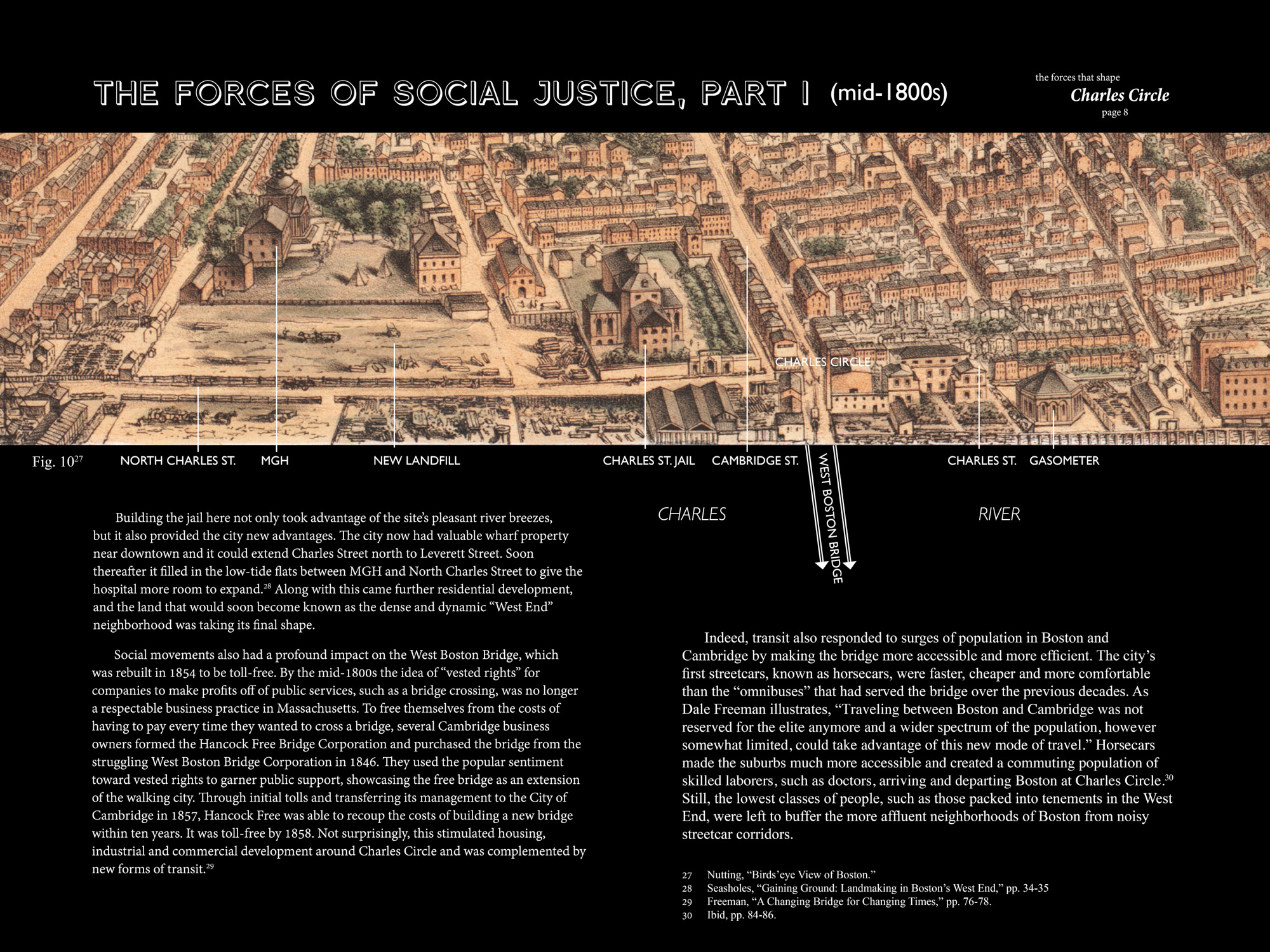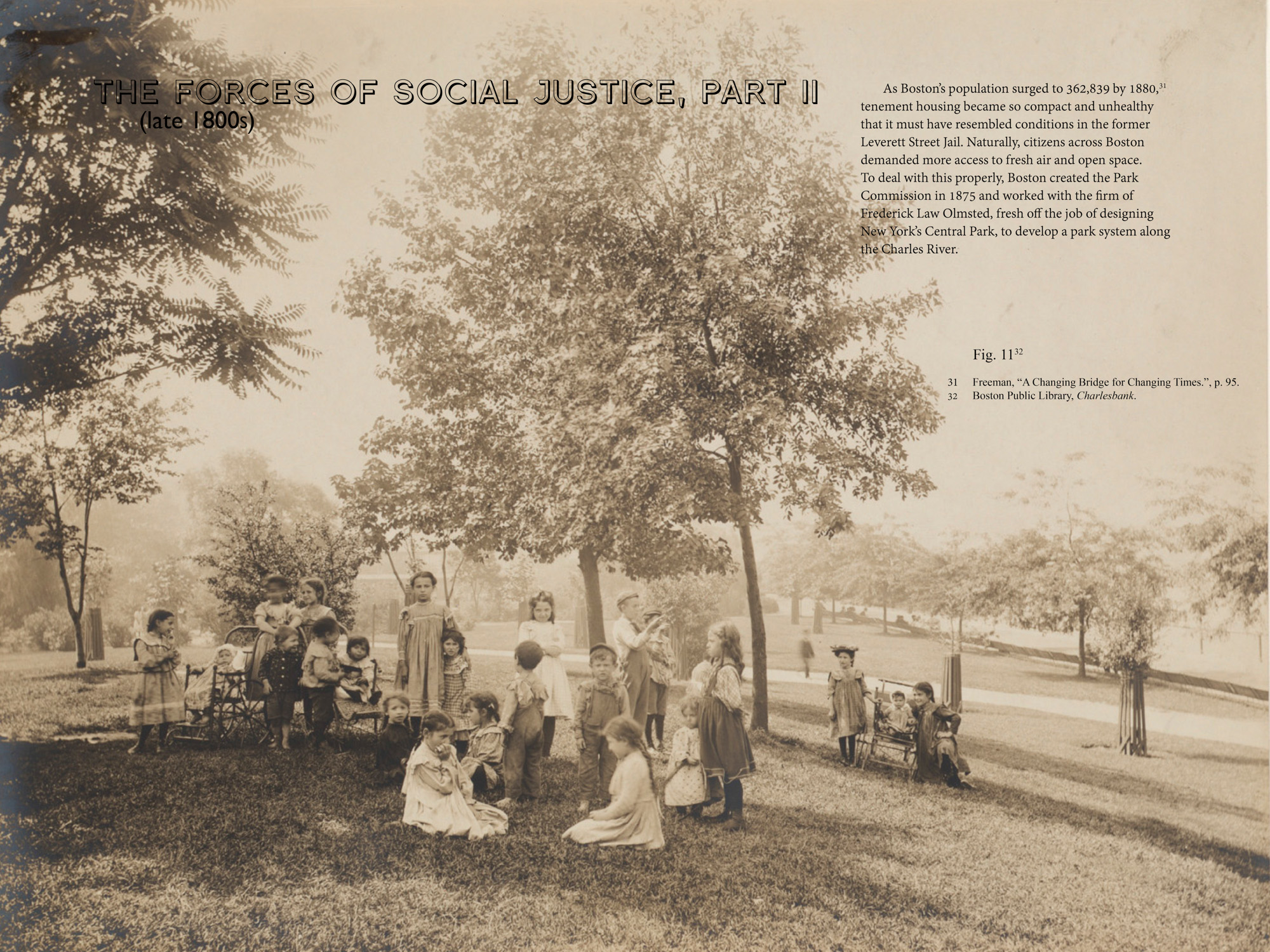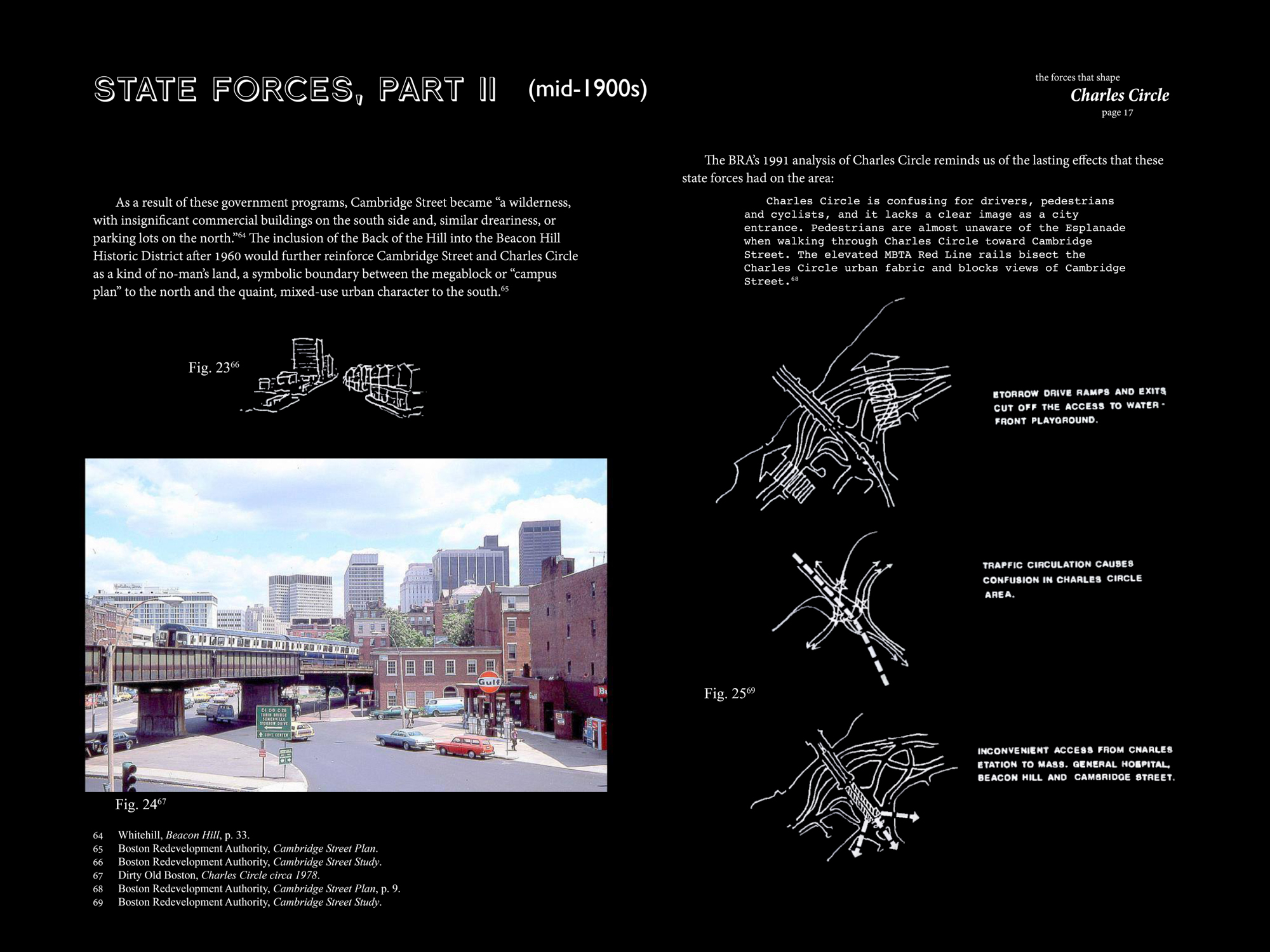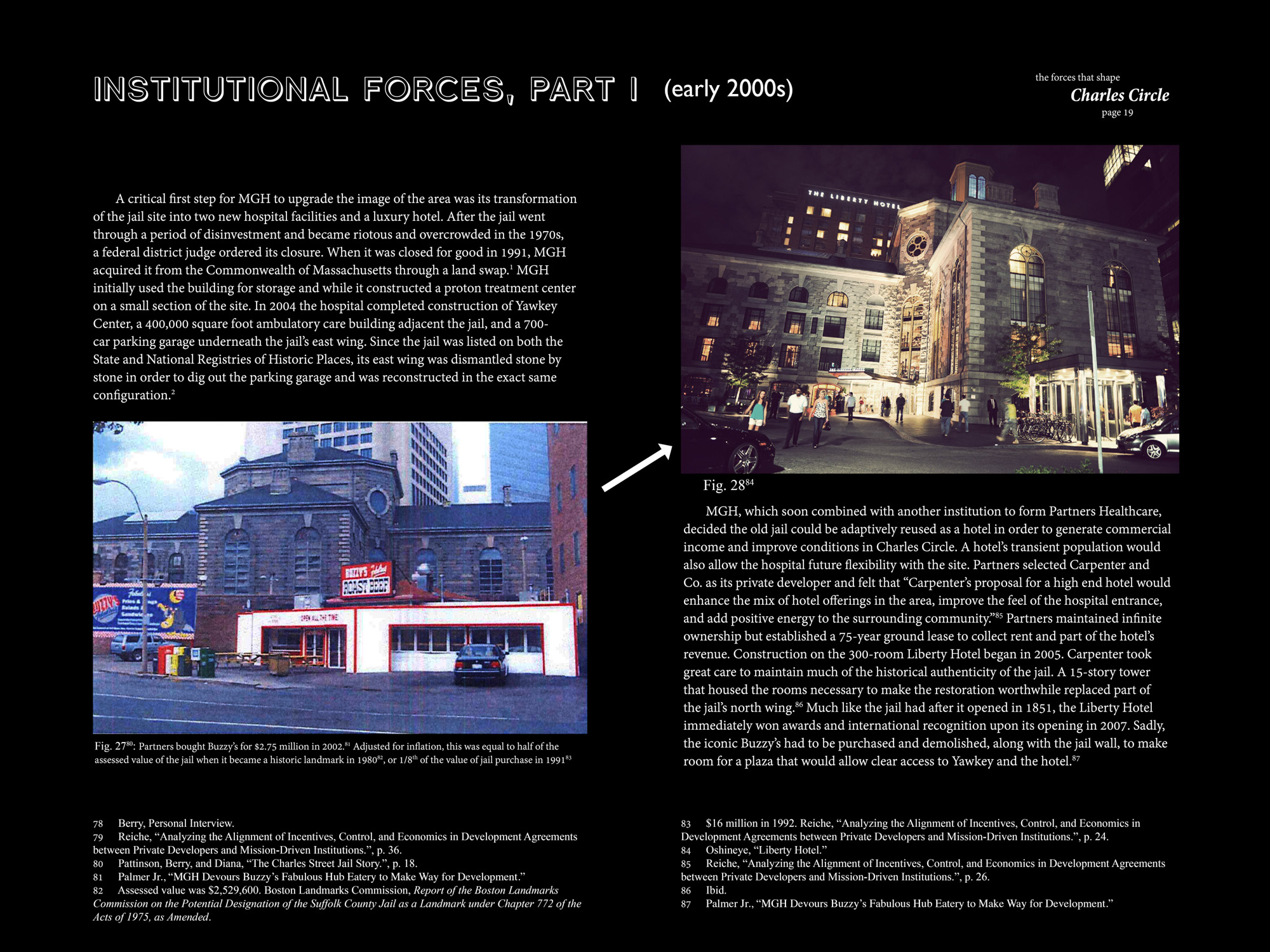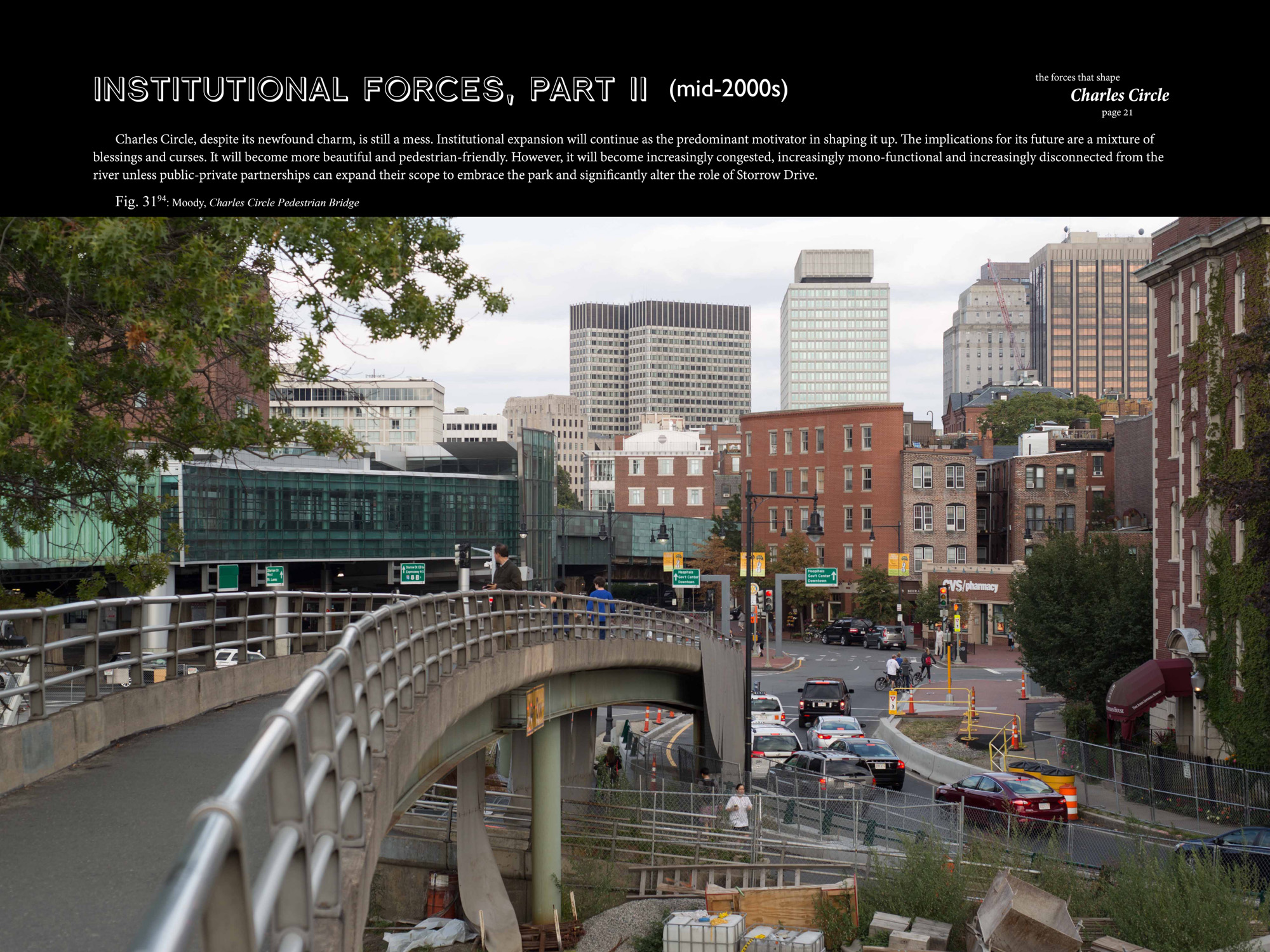How do you read a place’s past in order to predict its future?
Not many outsiders know Charles Circle by name, but they know it when they see it. It is Boston’s somewhat eccentric, and very much eclectic, gateway from Cambridge.
“If you want to know what happened to a place,” describes Duane Lucia, director of the West End Museum in Boston, “follow the transportation.” For Charles Circle this is especially true. While it may appear confusing between its bridges, ramps, speedways, parking lots, elevated platforms, hotels, hospital superblocks and cool historic buildings, each element can be simply explained as the result of an effort to increase access and mobility. These efforts, or forces, were often at odds with each other, and different forces assumed dominance at various points in time. They can be grouped into four categories, in the order that they catalyzed major changes: private enterprise, social justice, state intervention, and institutional expansion.
This study chronicles the origins of these forces, the ways in which they interacted with concurrent transportation developments, and the effects they had on creating and re-creating the built form of the intersection. In layering these forces, one on top of the other, we can predict future development for the intersection.
Role: Author, Researcher
For: MIT DUSP 11.340 Introduction to Urban Design and Development
Instructor: Dennis Frenchman
Date: 2014
Type: research
Sample Pages
Full PDF (13mb)
The Forces that Shape Charles Circle

